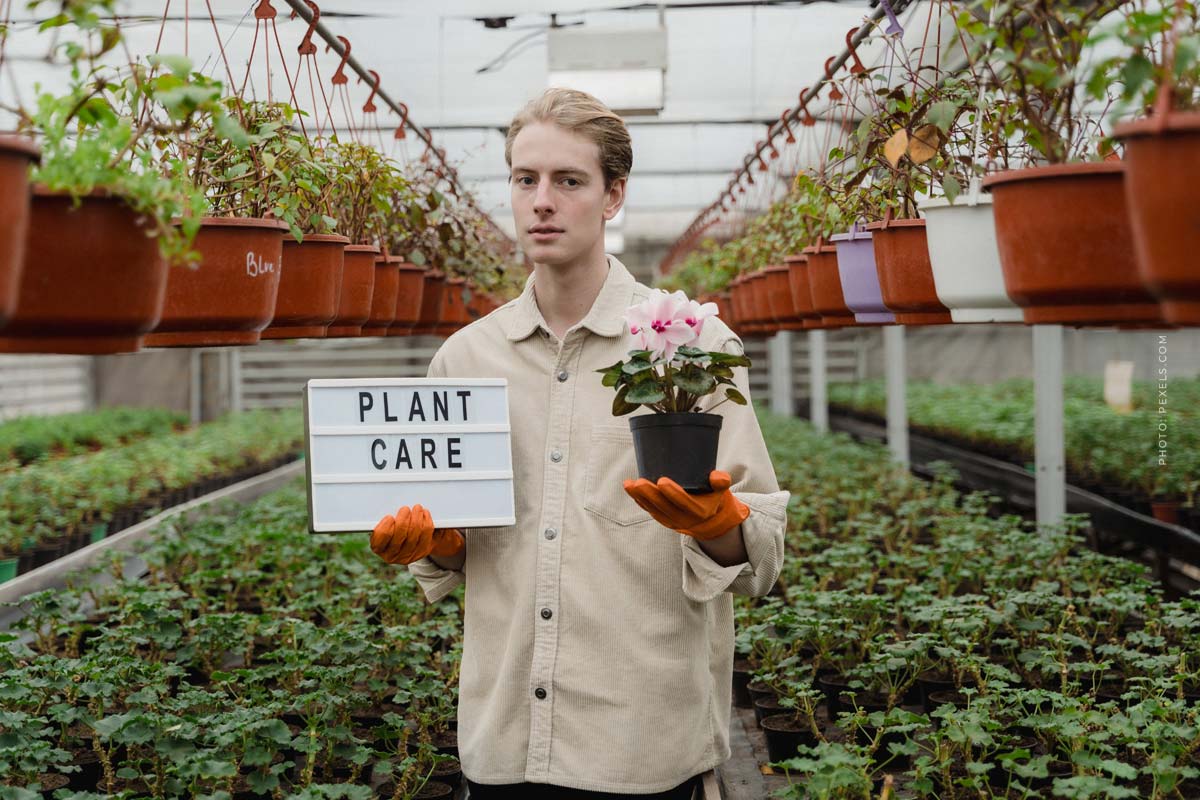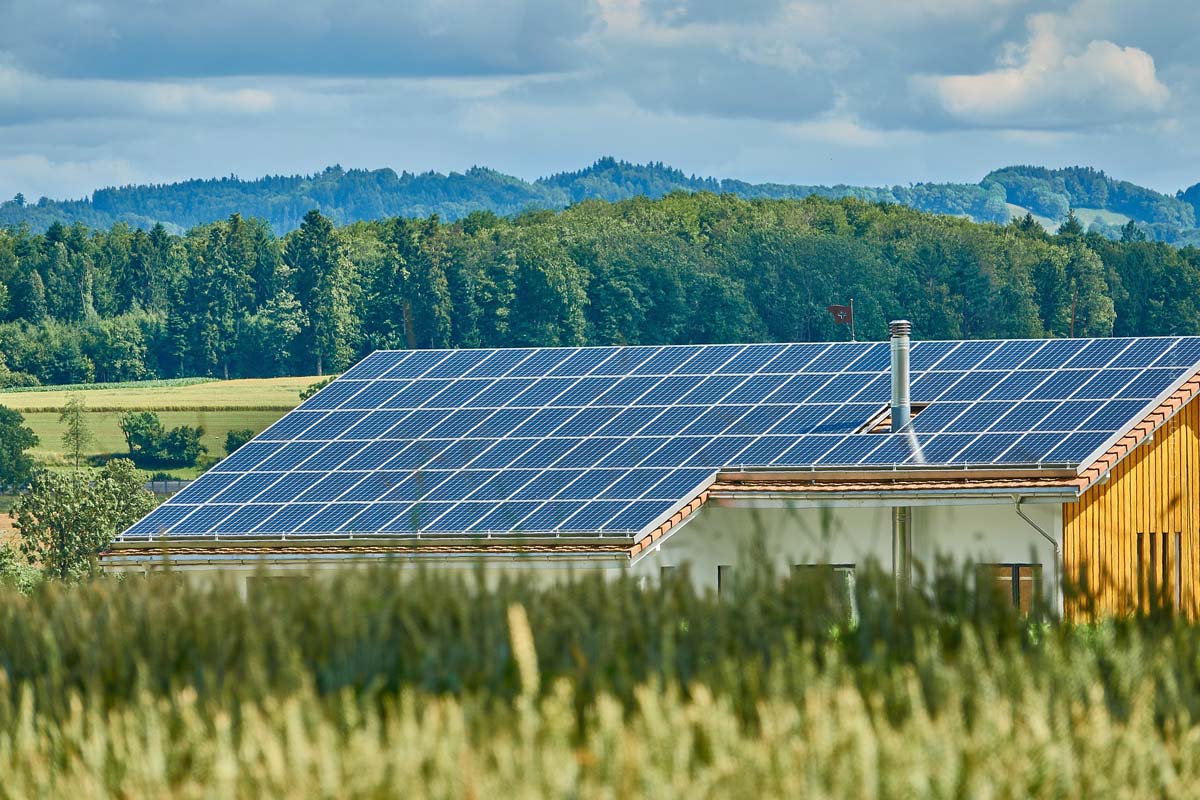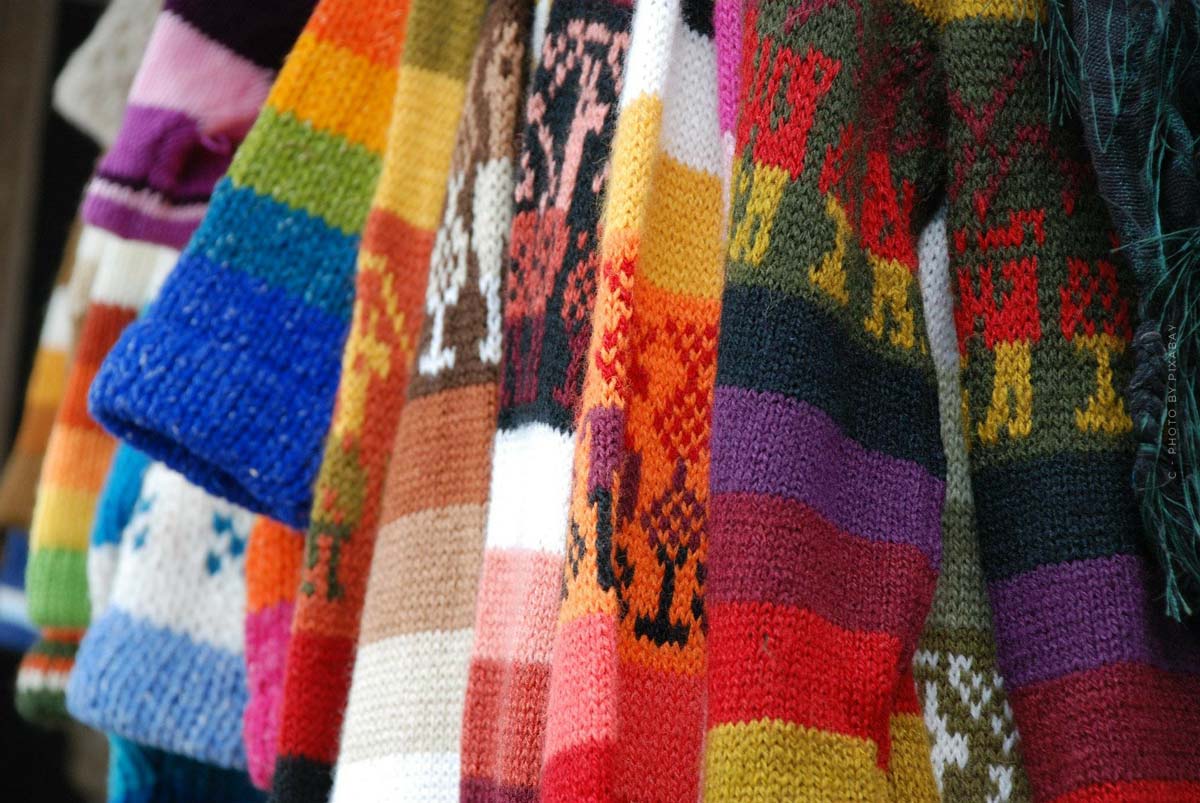Solar greenhouses in Spain: Biodiversity, sustainable agriculture – welcome bees and ladybugs!
Organic pest control with peppers, tomatoes, cucumbers & melons! But let’s start at the beginning: have you ever wondered why there are fewer insects every year? Bees that pollinate flowers or colorful butterflies – they all seem to be getting rarer and rarer. Species extinction has become an urgent problem that calls for innovative solutions. One of these solutions is “It’s Greenhouse. Sustainable fruit and vegetables from Europe”. This program relies on solar greenhouses in Spain and Germany to not only protect our environment, but also to preserve endangered insect species and reduce the use of harmful pesticides. In this article, you can find out how “It’s Greenhouse” works, what benefits it offers and why less pesticides are a benefit for nature and us all.
What is “It’s Greenhouse”?
I love bees! Our editorial team even has a small bee meadow on the rooftops of Cologne with lots of herbs, wild flowers, vines and apple trees. A small oasis, but is it also possible in XXL?
We’re taking you to Spain today!
“It’s Greenhouse” is a European program that focuses on the sustainable production of fruit and vegetables in solar greenhouses. These greenhouses are specially developed facilities that use solar energy to grow plants. The program was launched by the Spanish fruit and vegetable sector association, HORTIESPAÑA, and aims to promote a responsible and environmentally friendly production model in agriculture. It is implemented in Spain and Germany and is supported by the European Union.
How solar greenhouses work
How do solar greenhouses work and why are they beneficial? Solar greenhouses use innovative technology that makes them so advantageous:
Environmental protection: fewer pesticides and chemical fertilizers
In solar greenhouses, the use of synthetic pesticides and chemical fertilizers is minimized. This is because these closed environments allow control over the growth of plants. This allows pests to be better monitored and controlled without resorting to harmful chemicals. This protects the environment from harmful chemicals and reduces soil and water pollution.
Health: fewer chemicals, better food
As fewer harmful chemicals are used in agriculture, the food produced is safer and healthier for consumers. No pesticide residues are found on the products.

Sustainability: energy-efficient into the future
Solar greenhouses are more energy efficient and can be used all year round. Using solar energy to control environmental conditions helps to increase resource efficiency and make agriculture more profitable and environmentally friendly in the long term.
Biodiversity! Welcome bees and ladybugs
Solar greenhouses not only provide a protected habitat for plants, but also for beneficial insects. These insects, such as bees and ladybugs, play a crucial role in biological pest control and pollination of plants. As no harmful pesticides are used, these insect species can survive and help to maintain biodiversity.
Why less pesticides?
The use of fewer pesticides in solar greenhouses is a key feature of this program. There are several reasons for reducing the use of pesticides:
- Environmental protection: Not using synthetic pesticides protects the environment from harmful chemicals that can pollute soil and water
- Health: Fewer pesticides mean safer and healthier food for consumers as there are no pesticide residues on the products
- Biodiversity: The reduced use of pesticides promotes biodiversity, as beneficial insects can survive to combat pests
- Sustainability: Fewer pesticides mean lower costs for farmers and enable long-term sustainable agriculture
Overall, the “It’s Greenhouse” program shows that sustainable agriculture and the protection of biodiversity can go hand in hand. Not only does it protect our environment, but it also helps to conserve endangered insect species and reduce the use of harmful pesticides. By championing such sustainable initiatives, we can make a positive contribution to protecting our environment, our health and our wildlife.
Organic Farmin Supersize: Solution for the planet?
Even in dry regions, tens of tons of food can be produced in this way.












